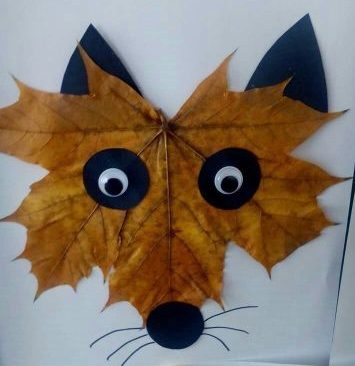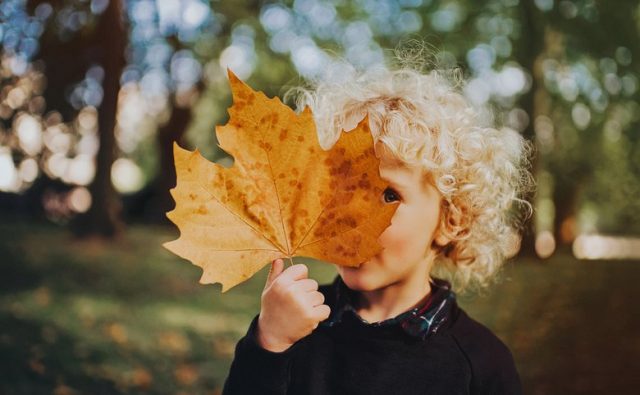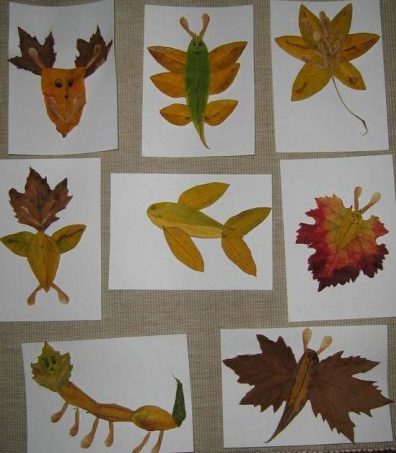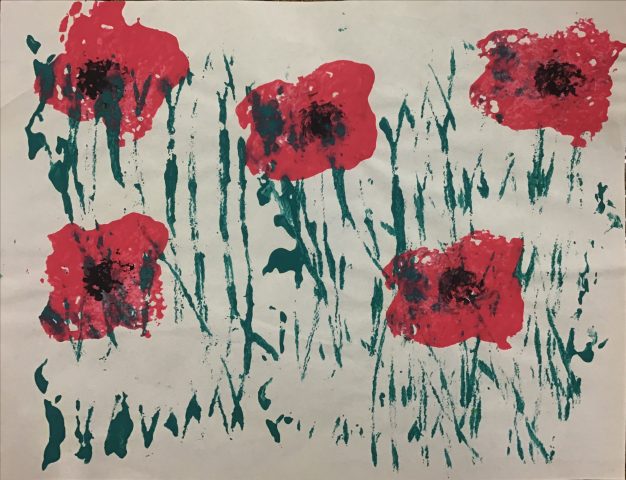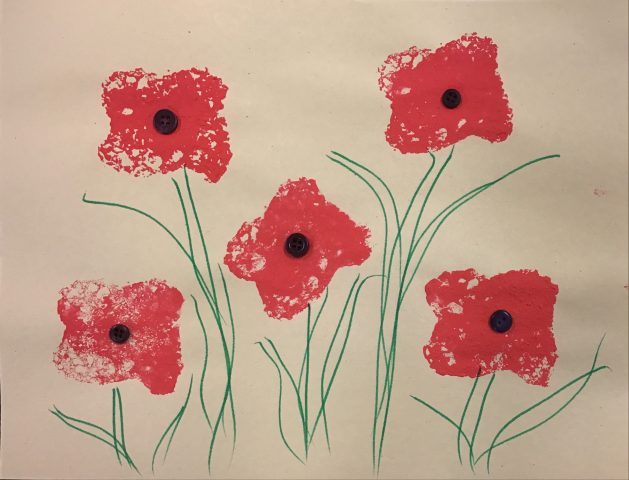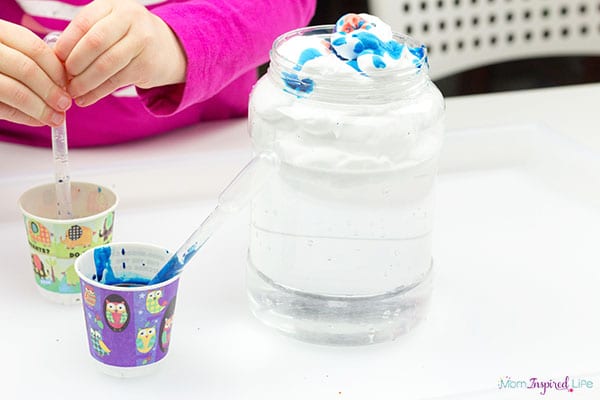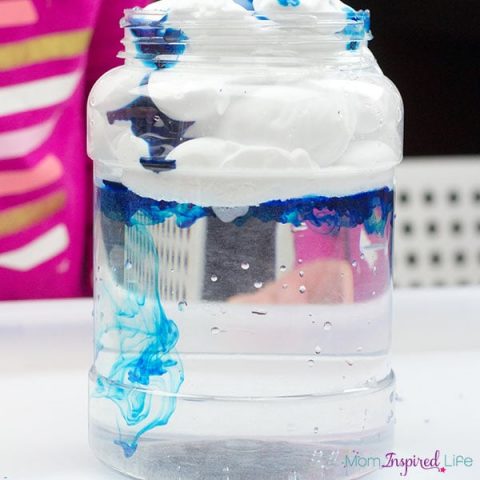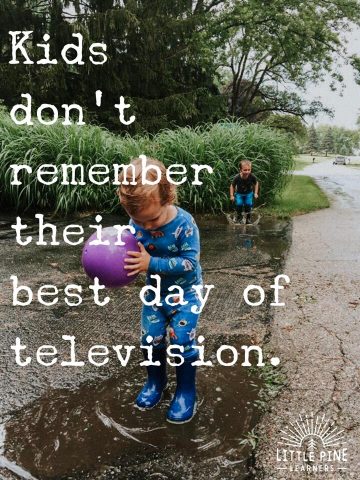Hello Families,
Today’s post is shared by Anita Olson, Early Childhood Community Consultant.
Anita Olson works on the traditional, ancestral, and unseeded territory of the Coast Salish peoples for Family Services of Greater Vancouver as Burnaby’s Early Childhood Community Consultant (ECCC).
She has been working with families and young children for well over a decade and as a parent herself recognizes the challenges, complexity and delight parenting brings. Understanding the foundational importance of infant and early childhood development, Anita shares information, strategies and practical tools with parents as they begin and continue their parental journey. Focusing on the parent/caregiver and child relationship, Anita’s work with families aims to create and preserve loving connection and curiosity. Anita holds a current ECE license, BA and MEd from Simon Fraser University.
If you would like to speak with Anita, email her at aolson@fsgv.ca or call 604-723-9548
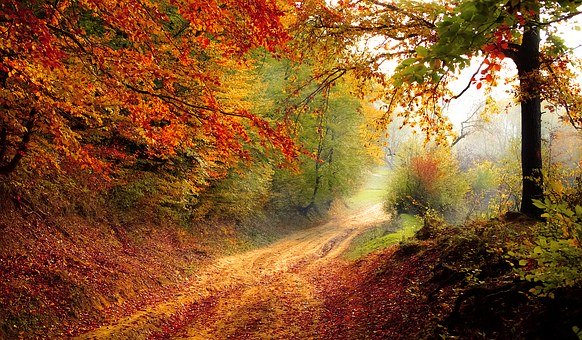
Since the pandemic began many changes have ensued steering families to make decisions they never thought they would ever make. Working from home with little children banging on the door demanding fishy crackers may not exactly be what you thought going back to work would look like. The low level anxiety people are faced with everyday as the pandemic lingers on, just shouldn’t be – and yet, here we are.
Children feel stress too and are really good at letting parents/caregivers know through their behaviour. Play dates are postponed, grandma and grandpa need to stay safe and can’t help out like they use to. Parents are concerned about their children’s social and emotional development and screen time. The list goes on. Stress and anxiety are real and present for many families – all members included.
Now, I am not one for magic bullets, but that’s kind of what I’m going to share with you here. Being in nature and the benefits it creates may be as close to a magic bullet as we can get. There is an ever growing body of evidence based research pointing to the power of nature for adult’s and children’s well being. Children 3-4 years old are recommended by the Canadian Society for Exercise Physiology to engage in 3 hours of physical activity spread over the course of every day. Young children need to move and challenge their bodies. Parks, gardens, beaches, forests, even the back yard are perfect spaces for children to get their move on. Children who engage in nature tend to be physically healthier because;
– Heart health is better – they move more and sit less
– Have better eye health – children who spend more time outside reduce the risk of myopia (nearsightedness)
– Sleep better as the sun helps regulate sleep patterns
– Improves the immune system
If you are feeling low, being in nature may give that needed boost. There is a vast body of research on how spending time in nature actually reduces stress, anxiety and depression for children and adults. Being in nature calms the brain by reducing cortisol (the stress hormone) and boosts endorphins and dopamine (happy hormones) in the body. Walking though a forest is call, shinrin-yoku, in Japanese, which literally means, “forest bathing” because of this calming effect it embodies.
Playing in nature offers children unstructured play where the possibilities are seemingly limitless to choose and design what and how to play. By engaging with their world by their own accord, children have the opportunity to make meaningful discoveries about the world promoting creativity and imagination.
Discoveries on colours, patterns and shapes found in nature make the great outdoors the perfect place to begin learning about early math concepts and language development. Research on learning outcomes for school aged children with regular access to outdoor lessons show significantly stronger reading and writing skills than for children without these nature experiences. The sights, sounds and smells of nature help calm the nervous system cultivating better focus and concentration, both key factors to learning.
There are also many studies linking time spent in nature reducing ADHD symptoms. Being outside matters!
Getting outside and into nature has benefits for the entire family. Family programs held outside, such as Strong Start, offer families a special gift. These outdoor programs allow for multi-generational shared learning and exploration in an environment rich with information that promotes physical and mental well-being. So, it may not be the magic bullet – but it’s close!
https://www.csep.ca/home https://advances.sciencemag.org/content/6/42/eaba2578 https://www.health.harvard.edu/mind-and-mood/sour-mood-getting-you-down-get-back-to-nature https://medium.com/parentingplace/nature-walks-f9971e064c0 https://www.ementalhealth.ca/Canada/Nature-and-Why-Its-Essential-For-Kids-Brains-Information-for-Parents-and-Caregivers/index.php?m=article&ID=52861 https://childmind.org/article/why-kids-need-to-spend-time-in-nature/ https://www.cbc.ca/natureofthings/episodes/kids-vs-screens https://www.outdoorplaycanada.ca/research/#:~:text=There%20are%20many%20evidence%2Dbased,(e.g.%2C%20increased%20happiness) https://greatergood.berkeley.edu/article/item/six_ways_nature_helps_children_learn https://www.heart.org/en/healthy-living/healthy-lifestyle/stress-management/spend-time-in-nature-to-reduce-stress-and-anxiety https://www.ontarioparks.com/parksblog/mental-health-benefits-outdoors/
